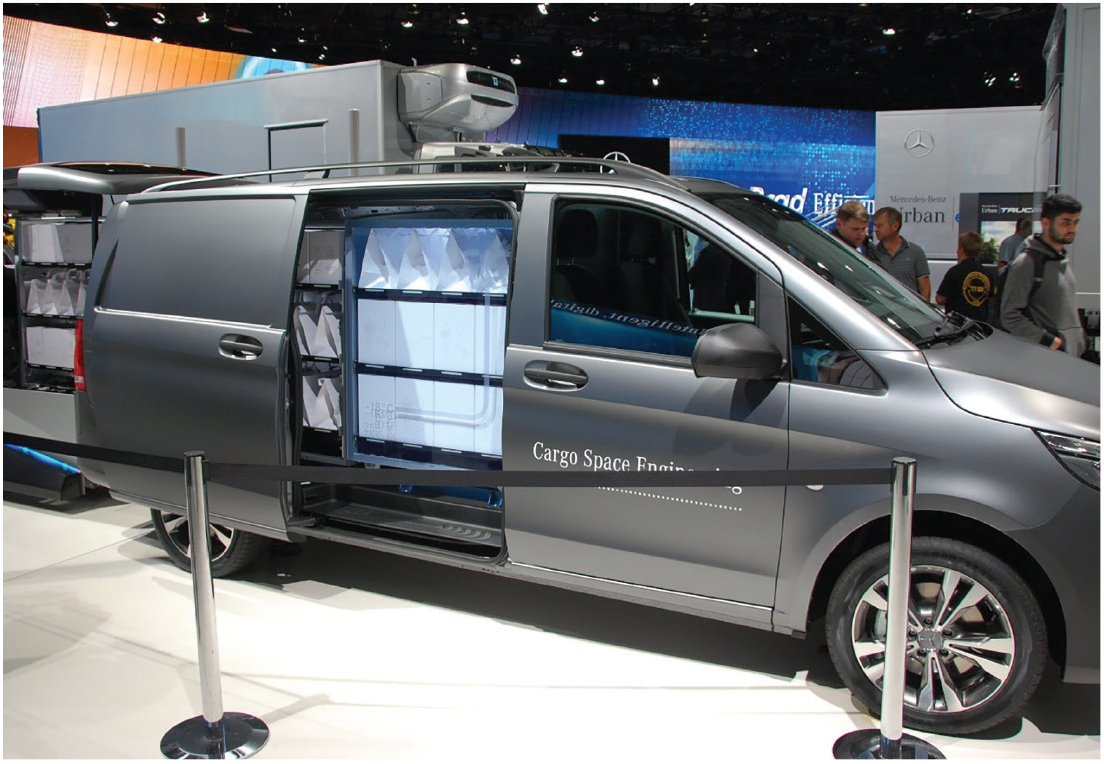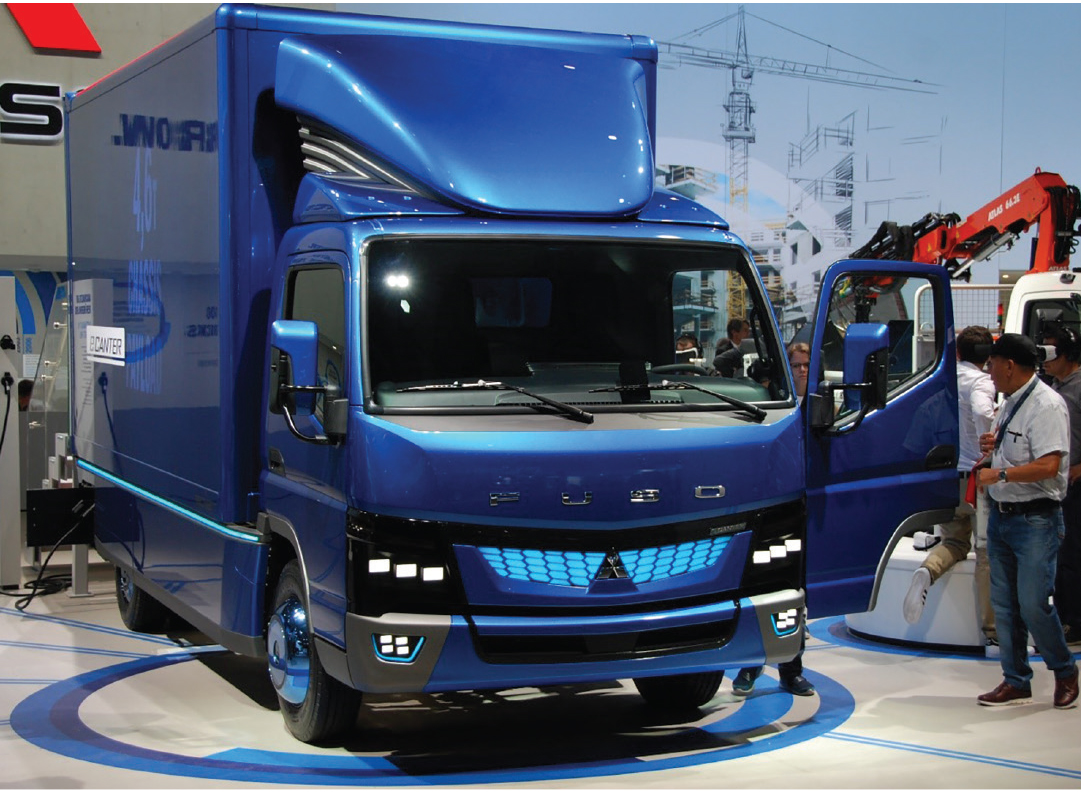By Doyle Sumrall, NTEA Managing Director
This article was published in the December 2016 edition of NTEA News.
Six months ago, I would have titled this article “Electric trucks are just around the corner.” Today, I would say they are bit farther out. Like most things affected by U.S. administration policies, we are entering new territory and will see the directional trend over time.
Although electric drive technology is not widely used in work truck applications, it is proven in mining and earth- moving, warehousing, and other markets. Given time and testing, this will likely be the case for commercial trucks as well.
The first big use or trial of electric drive trucks — which had limited success — occurred with funding from the American Recovery and Reinvestment Act. Today, government regulations — including those calling for lower or no tailpipe emissions in limited geographic areas — are key drivers of investment in these vehicles in the U.S. and globally.
California action plan
The strongest government influences come from the Department of Energy (DOE) and California, which has the California Sustainable Freight Action Plan with a 2030 milestone. Proposed actions involve the state’s Energy Commission identifying needs and opportunities for a network of hydrogen fueling stations that can support freight sector deployment of fuel cell electric vehicles and equipment. This could help reduce air quality and climate impacts associated with freight transport.
To establish a hydrogen fueling network that provides coverage and capacity to fill hydrogen fuel vehicles operating in California, the Energy Commission would annually allocate $20 million or up to 20 percent of the money appropriated by the legislature to the Alternative and Renewable Fuel and Vehicle Technology Program, until there are at least 100 publicly available hydrogen fueling stations operating in the state. This action would be supported by the California Air Resources Board.
DOE initiatives
DOE, which runs the EV Everywhere program, is actively studying work trucks and buses to determine actions for broader deployment of electrification technologies. Targets for its plug-in electric vehicle program involve battery R&D, electric drive system R&D, vehicle lightweighting and advanced climate control technologies. Goals include:
- Cutting battery costs from their current $500/kWh to $125/kWh
- Eliminating almost 30 percent of vehicle weight through lightweighting
- Reducing the cost of electric drive systems from $30/kW to $8/kW
Although currently published information on EV Everywhere does not include specifics for trucks, two studies on truck segments are underway.
GHG Phase Two
Electric drive technology is also receiving consideration in the Phase Two greenhouse gas (GHG) and fuel efficiency regulations. The Advanced Technology Section gives the highest technology multipliers to electric vehicles. The credit multiplier is a factor that gives higher value in compliance for use of one technology over another. In theory, this gives preference to investing in or utilizing this technology.
Global trends
An NTEA delegation attending IAA Commercial Vehicles 2016 International Motor Show in Hannover, Germany, saw signs that Europe is also focusing on electric drive trucks. Much like in the U.S., this is driven by cities and governments pushing for zero emissions in metropolitan areas to improve air quality. Read more about IAA at ntea.com/globalopportunities.
Daimler showcased the Vision van with all-electric-drive advanced telematics extending to full cloud-based logistics planning and reporting (see photo on page 18). Although you cannot currently buy any of the electric trucks, including this van, it’s clear European OEMs are developing vehicles for what they see as a future opportunity.

Daimler's Vision van with all-electric drive
FUSO, DAF, VW, and many more exhibitors displayed full-electric-drive trucks and buses at IAA. These vehicles are mainly OEM offerings, which is different from the U.S. where a number of third parties are having some success in the electric truck market. Time and government regulations will likely tell what turns we take down this path going forward.

FUSO electric truck
Find out more about electric trucks and other advanced technologies and alternative fuels creating an efficient path to zero-emission commercial vehicles. The 2017 Green Truck Summit, held in conjunction with The Work Truck Show, offers expert insights on how the industry can make an immediate impact on greenhouse gas and criteria pollutant reduction. Learn more and register at worktruckshow.com/greentrucksummit.